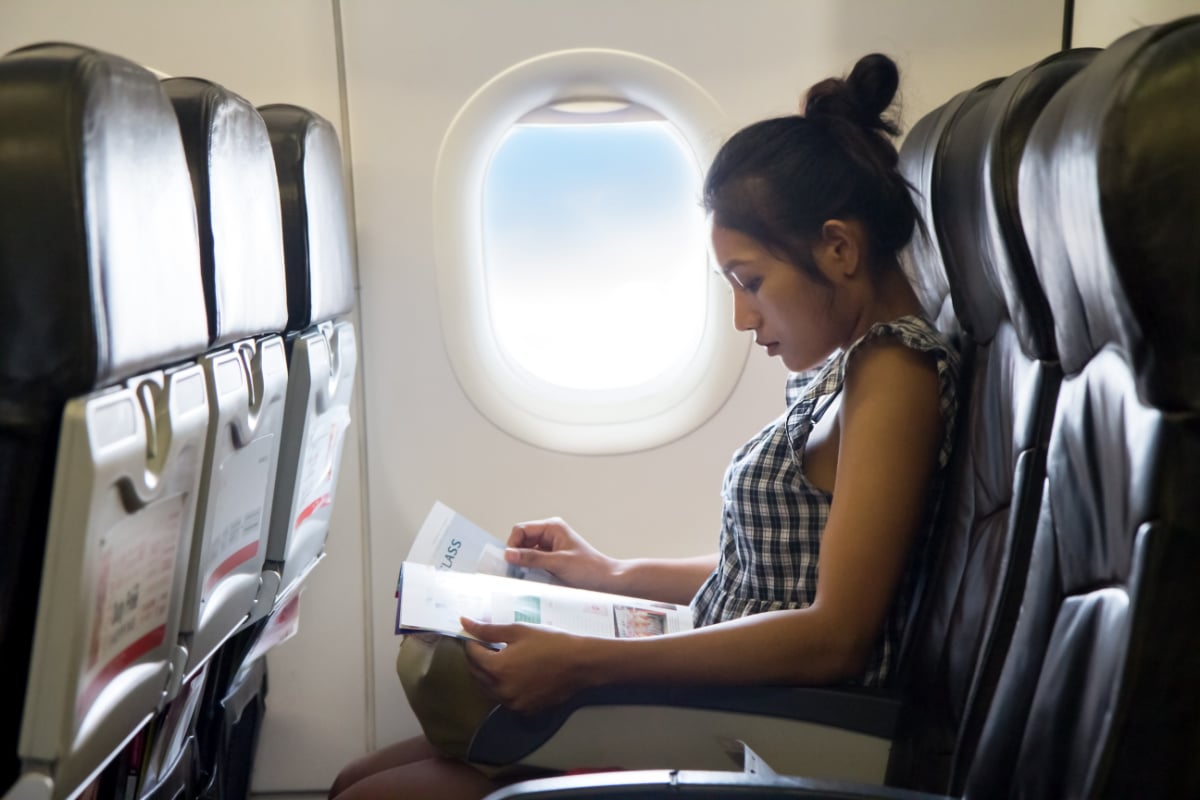Turbulence: the leading reason for spilled ginger ale and awkward armrest holds for travelers everywhere.
We know that sudden stomach-dropping panic when your jet begins getting tossed around like a cloth doll. It may feel absolutely terrifying.

The great news: Turbulence is mostly all bark with no bite. Even though the stress may be large, the possibility of problems for guests is reduced. People can also easily prevent the many serious problems.
The bad news: Turbulence is increasing and certainly will only worsen from right here.
What exactly is Turbulence?
Turbulence is a weather event that causes a plane to shake, jolt, or move in an unusual means.
Several types of turbulence tend to be caused by wind from mountains and unusual surface, by warm weather unevenly warming the Earth’s surface, and by the rubbing of cold and cozy fronts.
Clear-air turbulence is a specific type of turbulence due to alterations in the way of air streams or hidden streams of environment going various miles above the Earth’s surface. This impact is called wind shear.
Clear-air turbulence takes place in cloudless obvious skies at greater altitudes. Since there aren’t any noticeable indicators, it’s the best cause of unforeseen rough heavens and roller coaster rides for people.

What Makes Flights Getting Bumpier?
There has been a 15per cent upsurge in clear-air turbulence in the last couple of years, according to Dr. Paul Williams, a professor of atmospheric technology during the University of learning.
“At greater altitudes in which airplanes fly, climate change is changing temperature patterns, which produces even more wind shear,” he recently informed the Wall Street Journal. Various other studies confirm that warmer global conditions in Earth’s top environment are creating severe wind shear issues at mid-latitudes.
To phrase it differently, air in which planes fly is getting warmer, changing the trail of jet streams and creating more of the hidden wind shear that may actually toss an airplane around.
Dr. Williams’ meteorological design predicts that clear-air turbulence inside mid-Northern Hemisphere will over double throughout the after that couple of years.
What this means is well-known worldwide US roads like New York to Europe and California to Asia (which mostly fly through the high-altitude mid-Northern Hemisphere) can expect bumpier rides.
Top 5 travel cover tactics For 2023 beginning At $10 Per Week
Top 5 Travel Insurance projects For 2023 beginning At $10 weekly

Travelers should not Be Concerned
While clear-air turbulence can hit your airplane up or down rather instantly, it’s going to likely end as fast as it started.
This sort of turbulence doesn’t generally last for more than a few thousand legs. Your pilot can maneuver the airplane up or down just a bit to get out of the rough heavens.
While severe turbulence is increasing, it is nonetheless no place near common. The risk of severe turbulence on a flight is simply some tenths of a percent. Individuals will encounter modest (1percent) or light turbulence (3percent).

accidents from extreme turbulence are incredibly uncommon.
An average of, lower than three people annually have been really hurt by turbulence since 2009, based on the National transport Safety Board. (a lot of the minimal few these accidents are sustained by unrestrained flight staff.)
That being said, travelers are actually a whole lot more likely to be upgraded to first-class than to be substantially afflicted with turbulence.
Turbulence recognition tools are continuously increasing to greatly help pilots predict the volatile. Including, United and United states Airlines today use a program called SkyPath, which detects oscillations from pilots’ iPads and reports all of them to other airplanes nearby in real time.

Simple Tips To Prepare For Turbulence
There are many steps tourists can take to quickly prepare for turbulence and avoid any really serious influence.
- Guide flights for early in the day with seats towards the front side of the plane, 21-year flight attendant and Cruising Altitude writer Heather Poole recently encouraged nationwide Geographic.
- Use your seatbelt, and not only if the fasten seatbelt indication is on. This relates to adults and children. While airlines don’t need small children to own their very own seat, the FAA advises using a young child protection seat for the kids under 2. That way, everybody else will stay away from striking their particular directly the expense containers or knocking in to the tray dining table in front of them.

- Keep little items tucked away. Be sure mobile phones, liquid containers, also small items which could develop into projectiles are tied straight down or set aside.
- Learn more about the sky. The trickiest elements of turbulence tend to be shock and helplessness. Tourists can feel much more comfortable experiencing turbulence when they understand where it’s originating from and remember the strong probability that they’ll be perfectly.
- Don’t anxiety. While turbulence feels scary, it is more prone to rattle your brain than hurt yourself. Screaming, ringing the call switch, moving babies over the aisle, or wanting to grab your possessions will only make the situation even worse. Remain peaceful and wait for rough patch to pass.
Traveler alarm: Don’t Forget Travel Cover For Your After That Trip!
↓ Join Our Community ↓
The Travel Off Path Community FB team features most of the latest reopening news, conversations, and Q&A’s taking place daily!

DONATE TO your ADVANCED POSTS
Enter your email address a subscription traveling Off Path’s newest breaking travel news, straight to your inbox.
This article originally showed up on TravelOffPath.com
Resource link

